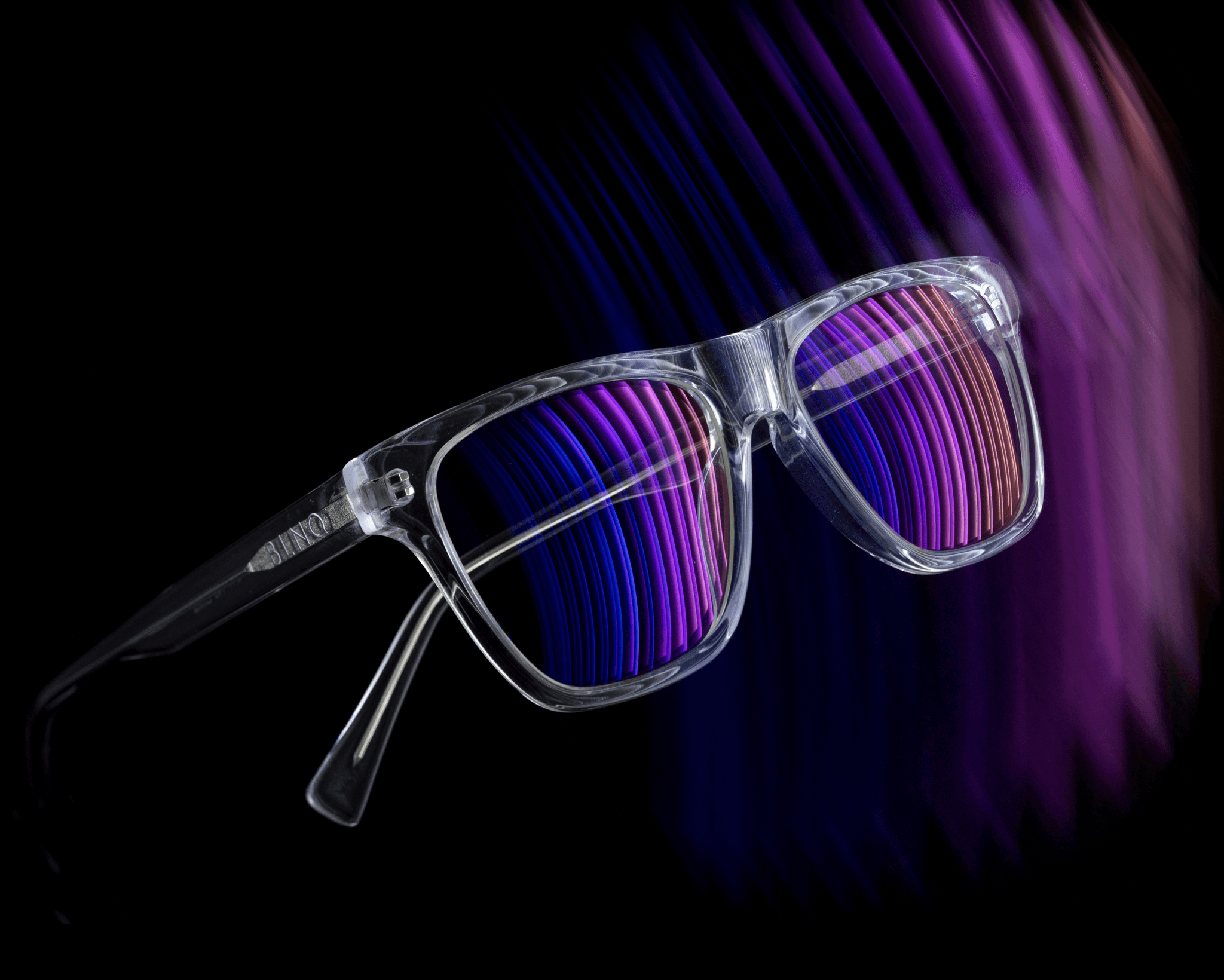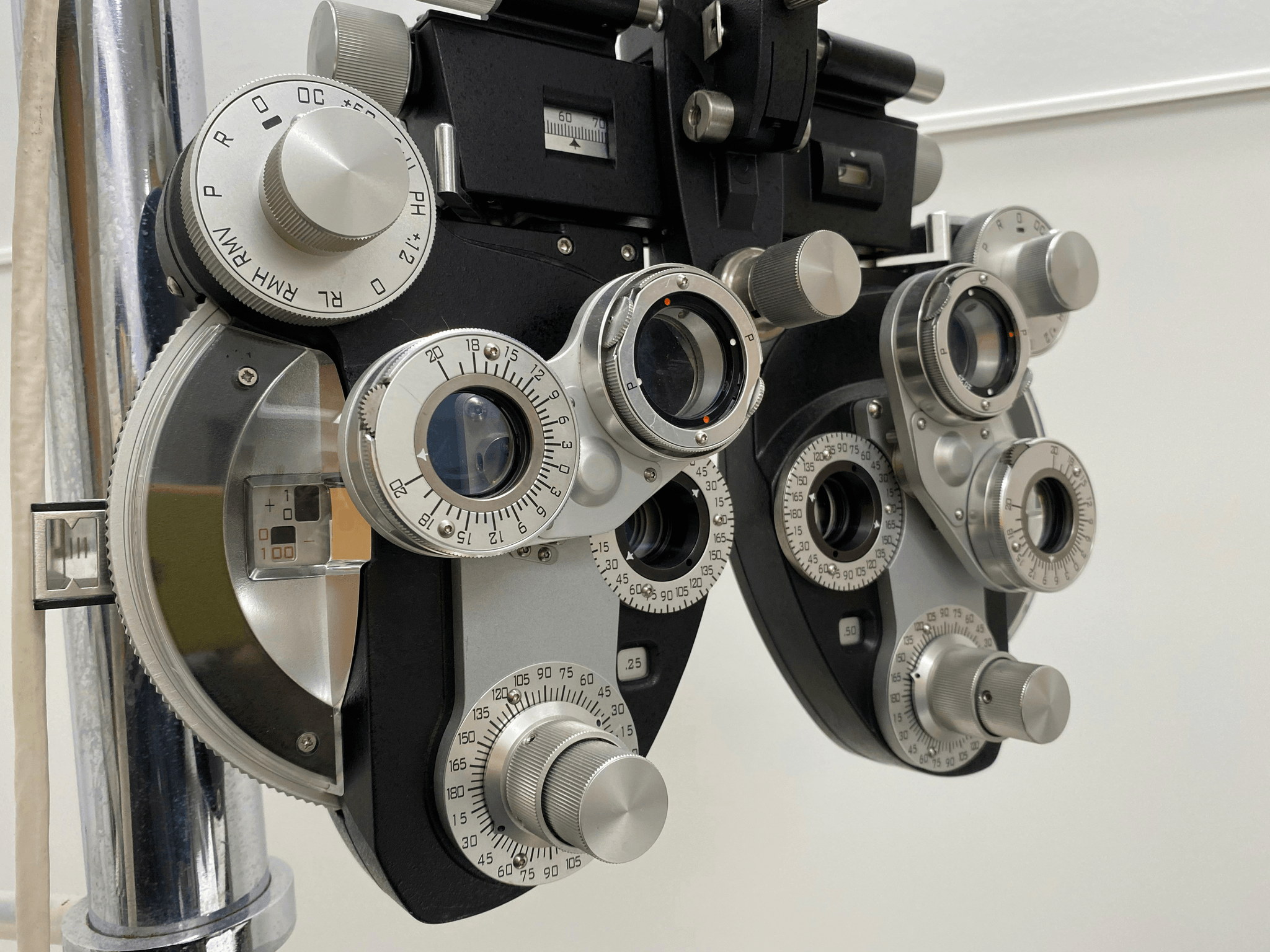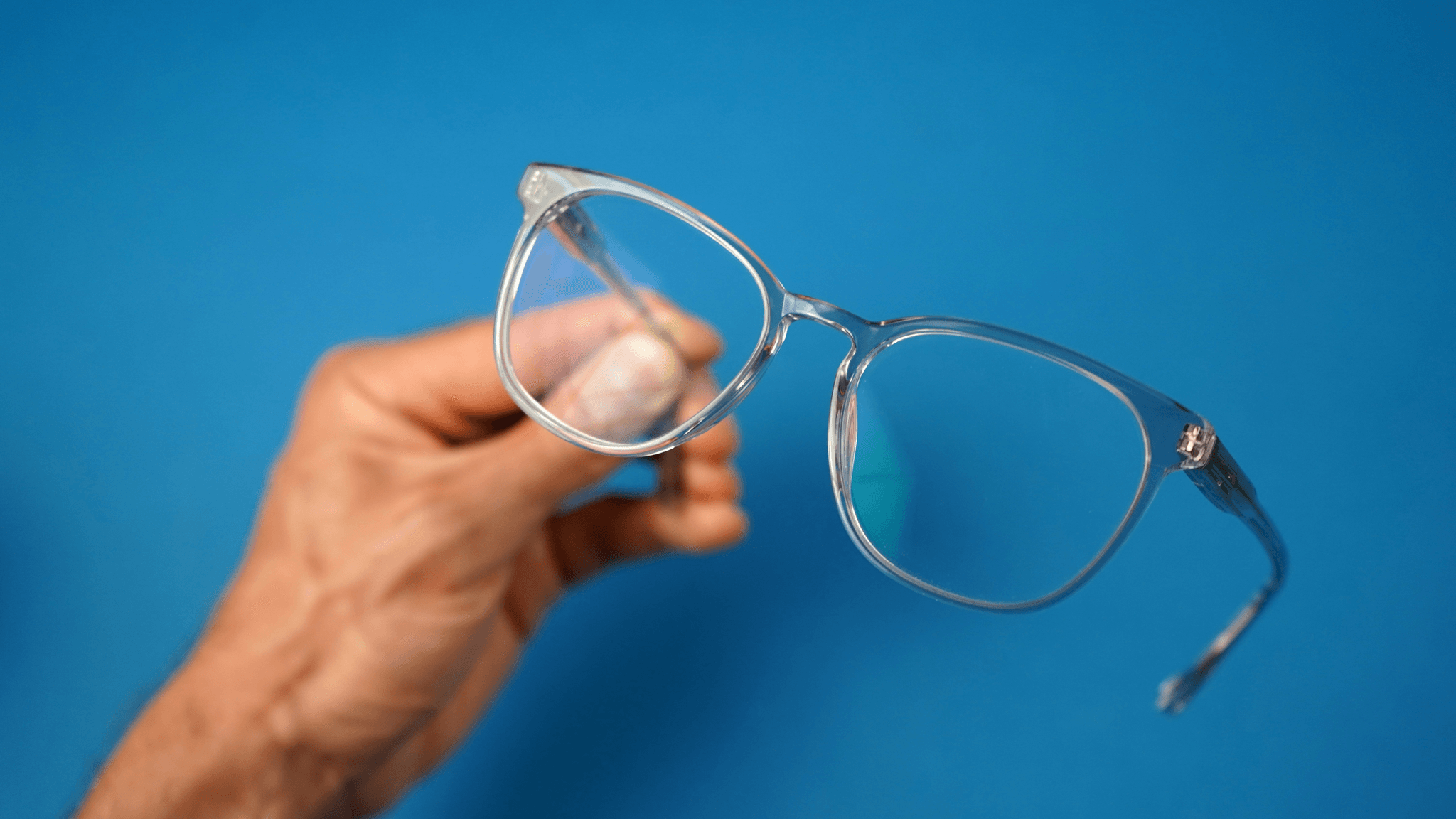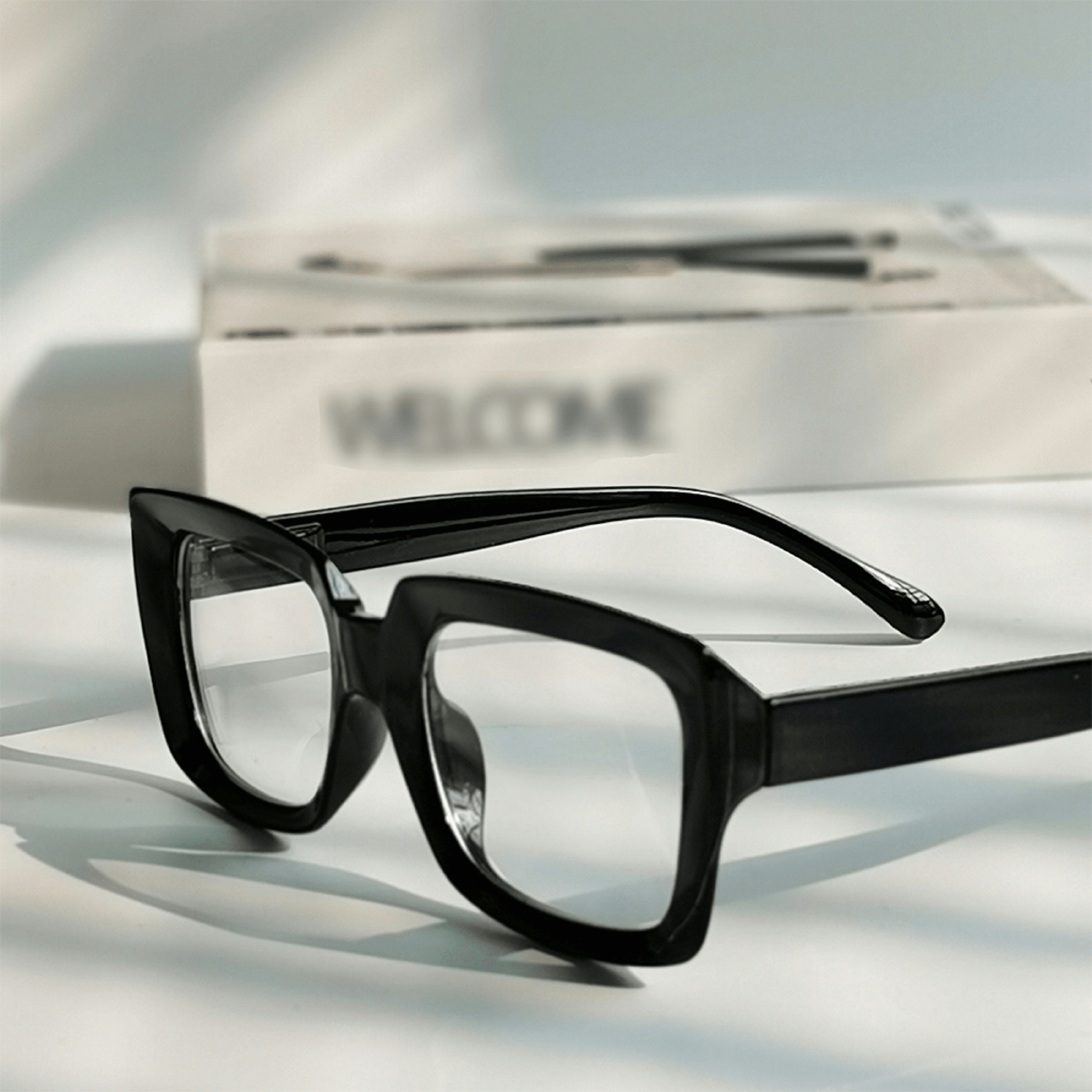Introduction

In the world of eyewear, understanding the different types of lenses is crucial for making an informed choice. Bifocals, trifocals, and progressive lenses each serve unique purposes tailored to various vision needs. This guide will delve into what bifocals are and their purpose, explore the features of trifocal lenses, and discover the advantages of progressive lenses.
Understand Bifocals and Their Purpose
Bifocal lenses are designed with two distinct optical zones to help individuals see clearly at both near and far distances. The primary purpose of a bifocal lens is to aid those experiencing presbyopia, a common age-related vision change that affects close-up focus. By providing clear vision across these two ranges, bifocals eliminate the need for multiple pairs of glasses.
Explore Trifocals and Their Features
What is trifocal lenses? Trifocal lenses take lens technology a step further by incorporating three distinct viewing areas: one for distance, one for intermediate distances (like computer use), and one for close-up tasks (such as reading). This feature allows users to transition between different focal points seamlessly without switching glasses constantly. However, while they offer versatility in vision correction, it's important to consider what is the purpose of a trifocal lens?
Discover Progressive Lenses and Advantages
Progressive lenses represent an evolution in multifocal lens design by providing a smooth gradient from distance through intermediate to near vision without visible lines between zones. What is the difference between trifocal and progressive lenses? Unlike trifocals that have distinct segments for each viewing range, progressive lenses offer a more natural visual experience without abrupt transitions or lines across the lens surface. For those seeking aesthetic appeal along with functionality in their eyewear choices, progressive lenses can be an attractive option worth considering.
What Are Bifocals?

Bifocals are a type of eyeglass lens designed to assist individuals with presbyopia, a common vision condition that affects those over 40. These lenses feature two distinct optical powers, allowing wearers to see clearly at both near and far distances without needing to switch glasses. The classic bifocal design typically has a visible line separating the two lens sections, which can be both a blessing and a curse for style-conscious individuals.
Definition and Features of Bifocals
Bifocals are characterized by their dual-lens construction: the upper part is meant for distance vision, while the lower part is tailored for close-up tasks like reading. This unique design allows users to transition smoothly between different focal lengths, making them particularly useful for activities such as driving or reading without having to change glasses constantly. The most traditional bifocal lenses have a noticeable line separating the two sections, but modern advancements have introduced more seamless options that cater to aesthetic preferences.
Common Uses in Daily Life
In everyday life, bifocals serve multiple purposes—from helping you read the fine print on your favorite novel to ensuring you can spot your friends across the room at social gatherings. Many people find bifocals indispensable during work hours as they juggle tasks requiring both near and distance vision, such as computer work followed by reviewing documents or presentations. Their practicality makes them a popular choice among those who need versatile eyewear without sacrificing functionality.
The Transition between Distances
One of the key features of bifocals is their ability to facilitate smooth transitions between different distances—though this isn't always as seamless as one might hope! Users may initially experience some discomfort when adjusting from one vision zone to another due to the abrupt change in lens power caused by that pesky visible line. However, with practice and time, most wearers adapt well and appreciate how bifocals enhance their daily visual experiences.
What is Trifocal Lenses?

Trifocal lenses are a type of multifocal lens designed to assist individuals who require correction for three distinct vision zones: distance, intermediate, and near vision. These lenses contain three different optical powers, allowing wearers to see clearly at various distances without having to switch between multiple pairs of glasses. The purpose of a trifocal lens is to provide a seamless visual experience for activities that require varying focal lengths, such as reading, using a computer, or driving.
Definition and Purpose of Trifocal Lenses
So, what is trifocal lenses? They are advanced eyewear solutions specifically crafted for people who need help seeing at different distances. The primary purpose of a trifocal lens is to enhance visual clarity across three zones: the upper portion typically caters to distance vision (like watching TV), the middle section aids in intermediate tasks (such as using a computer), and the lower part is focused on near vision (reading or sewing). This design allows users to transition smoothly between these focal points without the hassle of switching glasses.
Key Differences from Bifocals
When comparing trifocals and bifocals, several key differences emerge that can influence your choice. While bifocals only offer two distinct zones—one for distance and one for near—trifocals add an additional intermediate zone that provides more versatility in everyday tasks. This added feature makes trifocals particularly beneficial for those who frequently engage in activities requiring mid-range vision, such as working on a laptop or playing sports.
What are the disadvantages of trifocal lenses?
Despite their benefits, there are some disadvantages of trifocal lenses worth considering before making your decision. One major drawback is the visible lines separating each section; this can be aesthetically unpleasing compared to other options like progressive lenses. Additionally, some users may experience difficulty adjusting to the multiple focal points initially; it can take time to learn how to position your head correctly when looking through each zone effectively.
If you're contemplating whether trifocals or another option might be better suited for you—like multifocal lenses—you should weigh these factors carefully against your lifestyle needs and preferences.
The Benefits of Progressive Lenses

Smooth Transition for All Distances
One of the standout features of progressive lenses is their ability to provide a smooth transition for all distances. Instead of switching between different lens sections like in bifocals or trifocals, these lenses gradually change in power from the top to the bottom. This means you can read a book up close or glance across the room without needing to adjust your glasses constantly.
The design of progressive lenses eliminates the jump effect often experienced with bifocal and trifocal lenses, making them more user-friendly. For those wondering what is trifocal lenses, it's essential to note that while they cater specifically to three distinct focal points—near, intermediate, and far—the experience can feel less fluid compared to progressives. With progressive lenses, you get an uninterrupted visual experience that enhances daily activities like reading or using a computer.
Aesthetic Appeal Compared to Bifocals
When it comes to aesthetics, progressive lenses certainly hold an edge over bifocals and trifocals. Bifocal glasses typically have a noticeable line separating the two sections; similarly, trifocal lenses feature multiple lines that can disrupt the sleek look of eyewear. In contrast, progressive lenses boast a completely line-free appearance that many find more appealing.
This aesthetic advantage means you no longer have to sacrifice style for functionality; you can enjoy clear vision without compromising on how your glasses look. Plus, since there are no visible lines on progressive lenses, they often feel more modern and sophisticated than their older counterparts like bifocals or even what is multifocal lenses options might offer in terms of looks. If you're considering which lens type suits your lifestyle best but want something stylish too—progressive may just be your winning ticket!
What is the difference between trifocal and progressive lenses?
Understanding what is the difference between trifocal and progressive lenses boils down primarily to their design and functionality. Trifocal lenses include three distinct segments for near vision (reading), intermediate vision (computer use), and distance vision (driving), each separated by visible lines on the lens surface. On the other hand, progressive lenses provide a gradual change in strength throughout the lens without any lines at all.
This seamless transition allows wearers of progressives greater versatility as they navigate between different tasks throughout their day—no need for constant adjustments! While some might wonder which lens is better: multifocal or trifocal? It generally depends on personal preference; however, many find that progressives offer fewer disadvantages than traditional trifocals due to their smoother visual transitions.
For those who are curious about disadvantages of trifocal lenses: they may include limited peripheral vision due to defined sections as well as potential adaptation issues when first wearing them—a stark contrast from how quickly one adapts with progressives! And if surgery becomes necessary down the road—such as with common concerns leading people toward exploring options like “trifocal lens surgery”—the decision-making process could shift based on individual needs.
Trifocal Lenses vs. Multifocal Lenses

Defining Multifocal Lenses
Multifocal lenses are designed to address multiple vision needs within a single lens, allowing wearers to see clearly at various distances—near, intermediate, and far. Unlike bifocals or trifocals that have distinct sections for different ranges of vision, multifocals provide a gradual transition between these zones. This design aims to offer convenience and comfort for those who require assistance with both near tasks like reading and distance activities such as driving.
Which lens is better, multifocal or trifocal?
Determining whether multifocal or trifocal lenses are better largely depends on individual needs and preferences. For those who frequently switch between different distances without noticeable jumps in vision, multifocals might be more suitable due to their smooth transitions. However, if you specifically need clear segments for defined distances—like reading and intermediate tasks—a pair of trifocals may serve you well.
Advantages and Disadvantages of Each
Both trifocal lenses and multifocals come with their own sets of advantages and disadvantages that can impact your decision-making process. Trifocal lenses provide clear visual zones tailored for specific tasks but may lead to some distortion at the edges; this can be one of the disadvantages of trifocal lenses that users should consider before purchasing them. On the other hand, while multifocals offer seamless transitions between different focal points without segmented views, they might take longer for some users to adapt due to their complex design.
In summary, when weighing your options between what is multi focal lenses versus what is trifocal lenses, it's crucial to consider your lifestyle needs alongside potential drawbacks like adaptation periods or edge distortions in your daily activities.
Trifocal Lenses Surgery

Trifocal lenses surgery can be a game-changer for individuals struggling with vision issues that trifocal lenses aim to address. By understanding what is trifocal lenses, we can appreciate the surgical options available to enhance vision without relying solely on glasses. This section will delve into the various surgical methods, recovery expectations, and the consultation process for those considering this route.
Overview of Surgical Options
When it comes to addressing vision problems typically corrected by trifocal lenses, several surgical options exist. One popular choice is cataract surgery combined with lens implants designed to function similarly to trifocal lenses. Another option is refractive lens exchange, which replaces the eye's natural lens with a multifocal or trifocal lens implant tailored to an individual's specific visual needs.
Understanding what is the purpose of a trifocal lens can help patients appreciate why these surgeries are performed. The goal is not just improved distance vision but also enhanced intermediate and near vision without the need for glasses. Patients should consult their ophthalmologist about which procedure might best suit their lifestyle and visual requirements.
Recovery and Expectations
Recovery from trifocal lenses surgery varies based on the specific procedure undertaken but generally involves a short healing period with minimal discomfort. Most patients experience improved vision within days; however, full stabilization may take weeks as the eyes adjust to new focal points similar to those found in trifocals. It’s essential for patients to have realistic expectations regarding their recovery timeline and potential outcomes.
Patients often wonder about what are the disadvantages of trifocal lenses compared to surgical solutions; while glasses provide immediate correction, surgery offers a more permanent fix that can eliminate dependence on eyewear altogether. However, some individuals may still require glasses for specific tasks even after surgery, so it's crucial to discuss these possibilities during consultations. Overall, understanding recovery helps set realistic expectations and prepares individuals for their post-surgery life.
Consultation Process for Surgery
The consultation process for surgery starts with an eye examination where your ophthalmologist evaluates your overall eye health and discusses your specific needs related to what is multi focal lenses like trifocals or progressive options available today. During this initial meeting, you’ll have an opportunity to ask questions about what is the difference between trifocal and progressive lenses as well as any concerns regarding potential disadvantages of trifocal lenses.
Once you’ve explored all options—including whether multifocal or trifocal would be better suited—your doctor will guide you through pre-operative assessments necessary before scheduling a procedure like cataract or refractive lens exchange surgery. This thorough approach ensures that every patient receives personalized care tailored uniquely towards their visual goals while addressing any uncertainties they may have about their choices.
In conclusion, exploring surgical alternatives can provide significant benefits over traditional eyewear solutions such as bifocals or even multifocals depending on individual circumstances—a journey worth considering if you're tired of juggling multiple pairs of glasses!
Conclusion
As we wrap up our exploration of visual aids, it's essential to understand the unique benefits and characteristics of different lens types. Bifocals have served many for years, but trifocal lenses offer a more refined approach for those needing vision correction at multiple distances. However, the choice between trifocal and progressive lenses can be pivotal in enhancing your daily life.
Key Takeaways About Bifocals
Bifocals are designed with two distinct optical zones, catering primarily to near and distance vision. They provide a straightforward solution for those struggling with presbyopia but can sometimes feel limiting when transitioning between distances. Understanding how bifocals work is crucial for anyone considering their options in eyewear.
Benefits of Choosing Trifocal Lenses
So, what are trifocal lenses? These innovative lenses include three distinct areas tailored for near, intermediate, and distance vision—making them ideal for multifaceted tasks like reading, using a computer, or driving. The purpose of a trifocal lens is to provide seamless transitions without the need to switch glasses constantly; however, it’s essential to weigh the disadvantages of trifocal lenses as well. While they offer great versatility, some users may experience difficulty adjusting or find that they don't suit all lifestyle needs.
Selecting the Right Lenses with Daposi Eyewear
When choosing between options like bifocals or multifocal lenses (what is multi focal lenses?), consulting professionals at Daposi Eyewear can guide you toward the best fit based on your specific requirements. They will help you navigate questions such as Which lens is better: multifocal or trifocal? ensuring you make an informed decision tailored to your lifestyle and preferences. If you're considering surgery related to trifocal lenses surgery or exploring alternatives like progressive options, Daposi's expertise will be invaluable.
